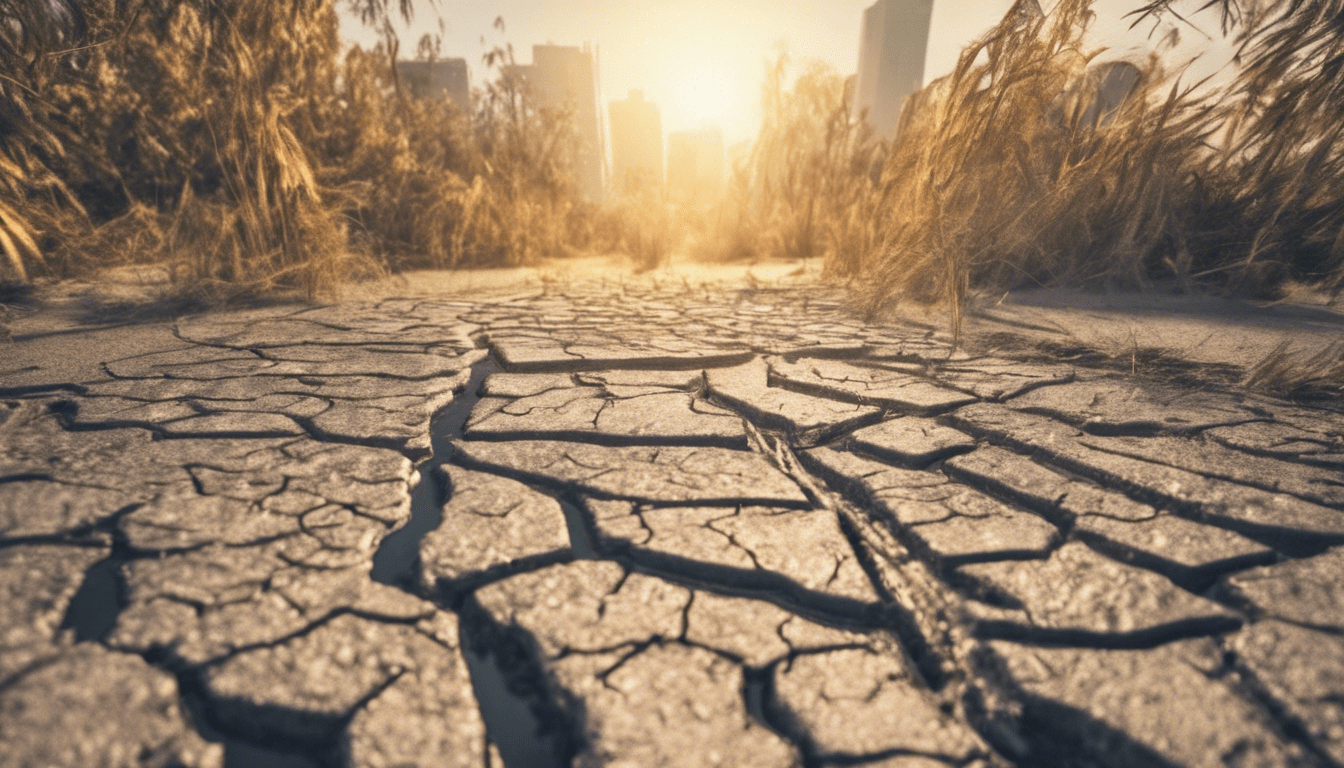Climate Change’s Effect on Mount Sinai and its Surroundings
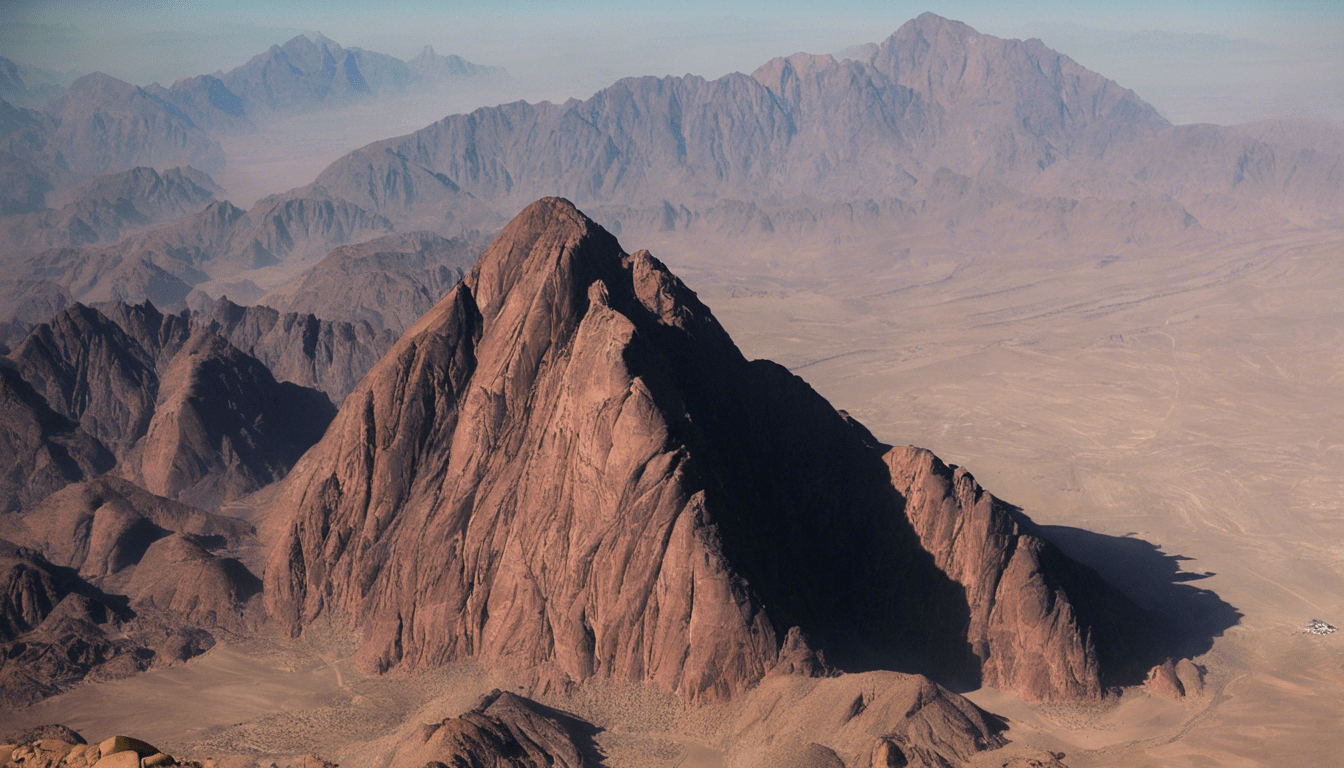
Climate Change’s Effect on Mount Sinai and its Surroundings

Climate Change’s Effect on Mount Sinai and its SurroundingsIntroduction to Mount Sinai and its significance
Mount Sinai, additionally known as Jebel Musa, is an imposing and revered mountain located within the southern area of the Sinai Peninsula in Egypt. This outstanding pure surprise holds immense historic and spiritual significance, as it’s broadly believed to be the very location where the prophet Moses obtained the divine revelation of the Ten Commandments from the Almighty.
Drawing innumerable guests and religious pilgrims from all corners of the globe, Mount Sinai captivates the senses with its breathtaking magnificence and exudes an ethereal and profound non-secular ambiance that leaves an indelible impression on all who’re lucky enough to witness it firsthand.
Understanding local weather change and its influence on ecosystems
Climate change refers to long-term modifications in temperature, precipitation patterns, wind patterns, and different points of the Earth’s local weather system. The primary cause of it is human activity, specifically the burning of fossil fuels and deforestation, which releases greenhouse gases into the atmosphere. These greenhouse gases entice warmth, increasing international temperatures and consequential modifications in climate patterns.
The influence of climate change on ecosystems is profound. It disrupts the fragile steadiness of nature, affecting each plant and animal species. Mount Sinai, with its distinctive ecosystem, is just not immune to those modifications. The fragile desert ecosystem surrounding the mountain is weak to the shifting local weather, which poses vital threats to its flora and fauna.
The results of local weather change on Mount Sinai’s flora and fauna
Mount Sinai is home to a variety of plant species that have been tailored to the cruel desert circumstances over 1000’s of years. However, rising temperatures and altering rainfall patterns make it difficult to survive that vegetation. Some vegetation is unable to resist the elevated warmth and is liable to extinction. Additionally, the elevated frequency of droughts and heatwaves further exacerbates the stress on vegetation, resulting in decreased plant progress and productivity.
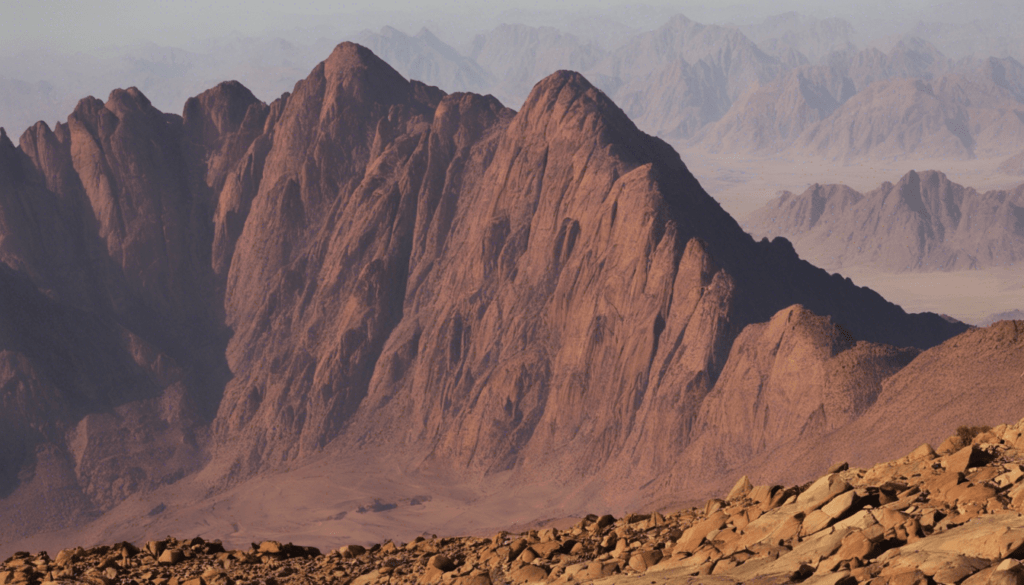
The altering local weather additionally impacts the wildlife that inhabits Mount Sinai and its surrounding areas. Many animal species rely on particular environmental circumstances for their survival, and even slight modifications in temperature or precipitation can disrupt their pure habitats. This disruption can lead to a lack of biodiversity, as certain species might battle to adapt or migrate to extra-appropriate habitats.
Mount Sinai’s altering climate patterns as a result of local weather change
Climate change is altering the climate patterns around Mount Sinai, resulting in extra frequent and intense climate occasions. The area is experiencing hotter and drier summers, with longer intervals of drought. This has vital implications for the native communities that rely on agriculture and livestock for their livelihoods. The shortage of water and decreased crop yields as a result of droughts and heatwaves can result in meal shortages and financial instability.
Conversely, the altering local weather additionally brings about an elevated danger of flash floods in the course of the winter months. These sudden and heavy downpours may cause soil erosion, injure infrastructure, and endanger human lives. The native communities should adapt to those altering climate patterns and discover sustainable options to mitigate the dangers posed by excessive climate occasions.
The influence of rising temperatures on Mount Sinai’s glaciers and snowcowl
Mount Sinai’s majestic glaciers and snow cowl are amongst its most iconic options. However, local weather change is inflicting these icy landscapes to soften at an alarming price. Rising temperatures are decreasing the scale and thickness of glaciers, resulting in the lack of freshwater reserves. This not only impacts the provision of water for native communities but also disrupts the fragile steadiness of the ecosystem.
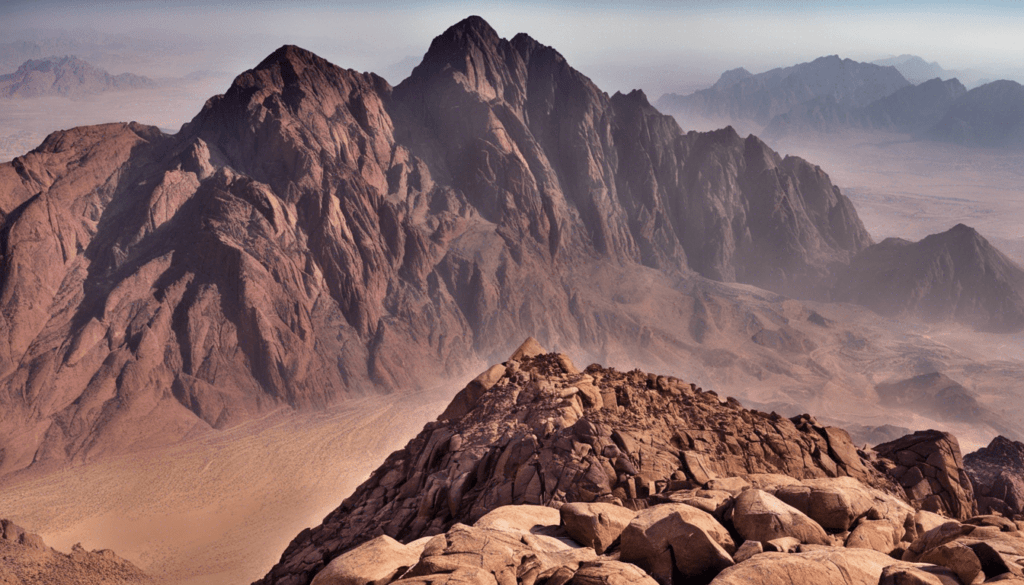
The melting glaciers additionally contribute to rising sea ranges, which pose a menace to coastal areas close to Mount Sinai. The elevated vulnerability to storm surges and coastal erosion endangers the lives and properties of the native communities. Additionally, the lack of snow cowl impacts the tourism business, as guests are drawn to the mountain’s magnificence and the chance to expertise the uncommon sight of snow in a desert panorama.
How local weather change is affecting the native communities around Mount Sinai
The influence of local weather change extends past the pure surroundings and directly impacts the lives and livelihoods of the native communities around Mount Sinai. These communities closely rely on agriculture, livestock rearing, and tourism for his or her financial sustenance. Climate change-induced droughts, heatwaves, and unpredictable climate patterns threaten their agricultural productiveness, resulting in decreased incomes and meal insecurity.
Furthermore, the altering local weather impacts the provision and high quality of water assets that are important for human consumption and agriculture. Water shortages and poor water quality may cause well-being points, exacerbate poverty, and create social tensions inside communities. The native inhabitants should adapt to those challenges and develop sustainable methods to mitigate the adverse results of local weather change.
Efforts to mitigate local weather change’s results on Mount Sinai
Various initiatives are underway to mitigate the results of local weather change on Mount Sinai and its environment. Local and worldwide organizations are working collectively to advertise sustainable land administration practices, reforestation efforts, and using renewable energy sources. These initiatives aim to scale back greenhouse fuel emissions, preserve water assets, and shield the delicate ecosystem of the area.
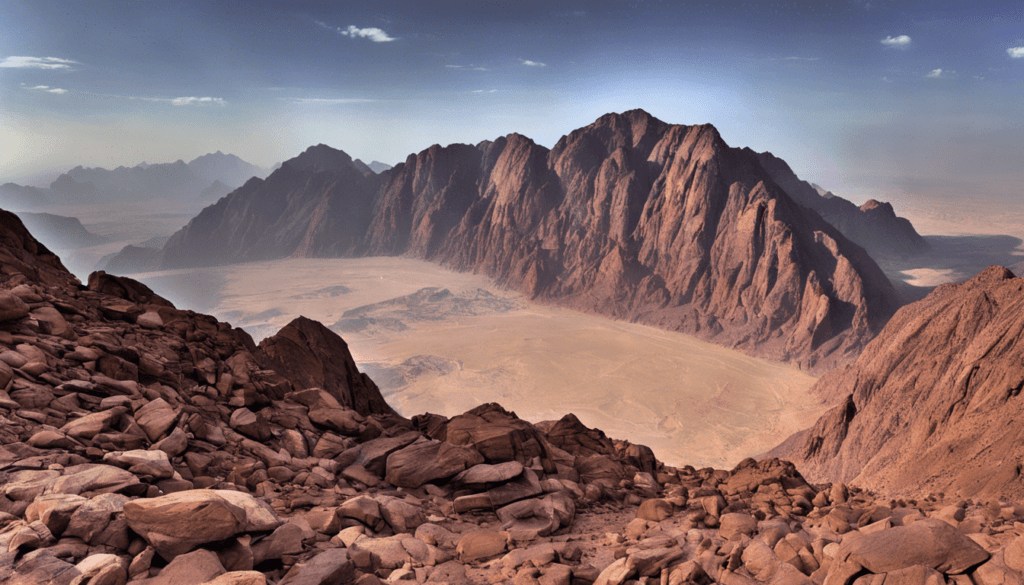
Additionally, instructional applications and consciousness campaigns are being carried out to inform the native communities and vacationers in regards to the significance of sustainable practices and the necessity of shielding Mount Sinai’s pure heritage. By selling accountable tourism and encouraging eco-friendly habits, these initiatives contribute to the preservation of the mountain and its environment for future generations.
The function of the Ten Commandments in addressing local weather change at Mount Sinai
The Ten Commandments, given to Moses on Mount Sinai, emphasize the significance of stewardship and duty in the direction of the Earth and its assets. These commandments function as an ethical compass for believers, guiding them to stay in concord with nature and make selections that prioritize the well-being of the planet.
The ideas of the Ten Commandments can encourage people and communities to handle local weather changes and make collective motions to guard Mount Sinai and its environment.
Steps people can take to fight local weather changes within the area
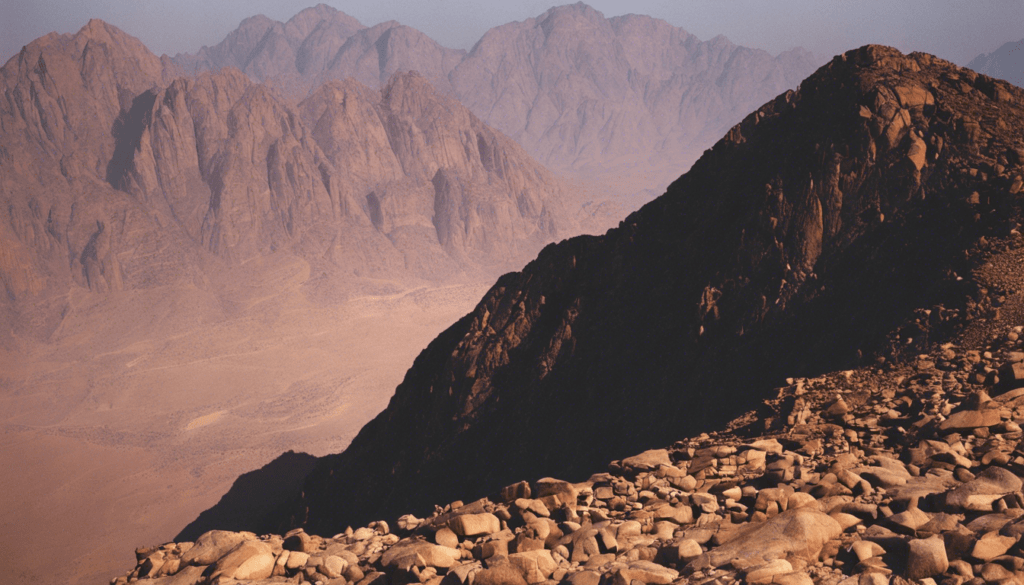
As people, we’ve got a vital function to play in combating local weather change and preserving Mount Sinai’s pure and cultural heritage. Here are some steps we can take:
- Reduce greenhouse fuel emissions by conserving vitality, utilizing public transportation, and choosing renewable vitality sources.
- Practice sustainable water administration by conserving water, capturing rainwater, and utilizing water-efficient applied sciences.
- Support native initiatives and organizations that promote sustainable land administration, reforestation, and the safety of biodiversity.
- Spread consciousness about local weather change and its influence on Mount Sinai by participating in conversations, sharing data, and taking part in instructional applications.
- Practice accountable tourism by selecting eco-friendly lodging, minimizing waste, and respecting the native traditions and surroundings.
Conclusion: Preserving Mount Sinai’s pure and cultural heritage in the face of local weather change
Mount Sinai’s pure and cultural heritage is below menace from the impacts of local weather change. Rising temperatures, altering climate patterns, melting glaciers, and the disruption of ecosystems pose vital challenges to the area’s distinctive biodiversity and the livelihoods of native communities. However, using collective efforts and particular personal actions, we can mitigate these challenges and protect Mount Sinai for future generations.
By understanding the results of local weather changes on Mount Sinai and its environment, supporting sustainable initiatives, and adopting eco-friendly practices, we can contribute to the preservation of this sacred mountain and make sure that its magnificence and significance endure for hundreds of years to come.
Visit InsuranceGo to be taught extra about sustainable journey choices and uncover methods to assist local weather change mitigation efforts within the area. Together, we can make a distinction and shield Mount Sinai’s pure and cultural heritage.
Originally posted 2024-02-27 11:22:44.


